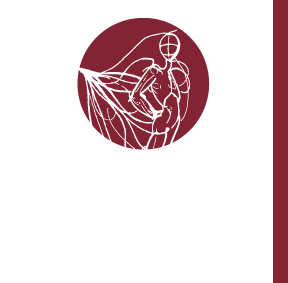Abstract
Adolescence is the transition period from childhood to adulthood, which involves a transformation of the body. It is
in this exact period of time that one’s body image starts to develop. Body image is influenced by social, psychological
and emotional factors through interaction with peers, parents and the mass media. In the adolescent this causes a
constant comparison between their own body and the ideal one, resulting in developing an idea of self which may
lead to a sense of dissatisfaction with their own physical form. Such behaviour, in serious cases, may interfere with
the everyday life of the individual.
The following observational, descriptive, retrospective and multicenter study was created with the aim to describe the
reality of adolescents regarding BMI, this by examining a sample consisting of 422 students in total, whom 266 were
males and 156 were females, aged between 17 and 19 years.
The students were given a paper questionnaire from which we later obtained the following data: gender Q1, age Q2,
height Q3, body weight Q4 and perception of their BMI Q5.
The significance of the observed and calculated data was evaluated by the Pearson chi-square test, and a p-value
<0.05 was considered to be statistically significant.
The statistical processing of the data allowed us to respond to the first objective of the study, namely to observe
the BMI perceived by each individual student and the actual BMI. The second objective was to examine the altered
perception of BMI, if overestimated or underestimated. Finally, the third objective was to analyse the distribution of
actual and perceived BMI among the male and female population in relation to their age.
The females, in general, have a more altered perception than the male population. This phenomenon takes on opposite
connotations: in fact, the female sex is characterized by an overestimation, while males tend to underestimate their
BMI.

This work is licensed under a Creative Commons Attribution-NonCommercial-NoDerivatives 4.0 International License.
Copyright (c) 2020 Journal of Advanced Health Care






